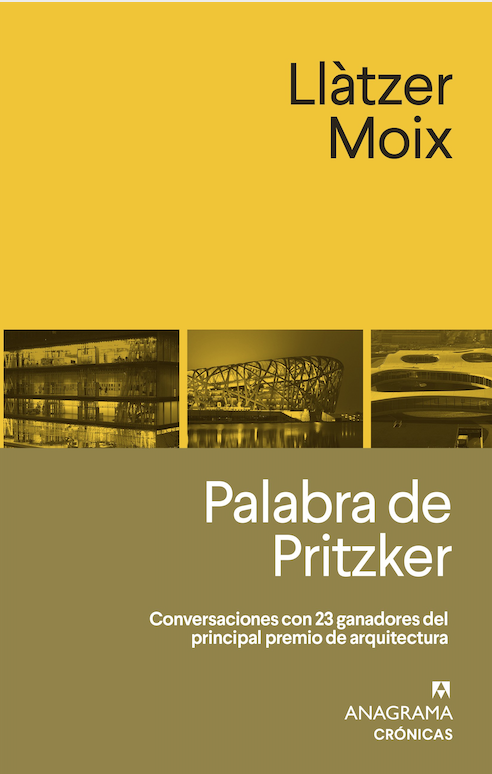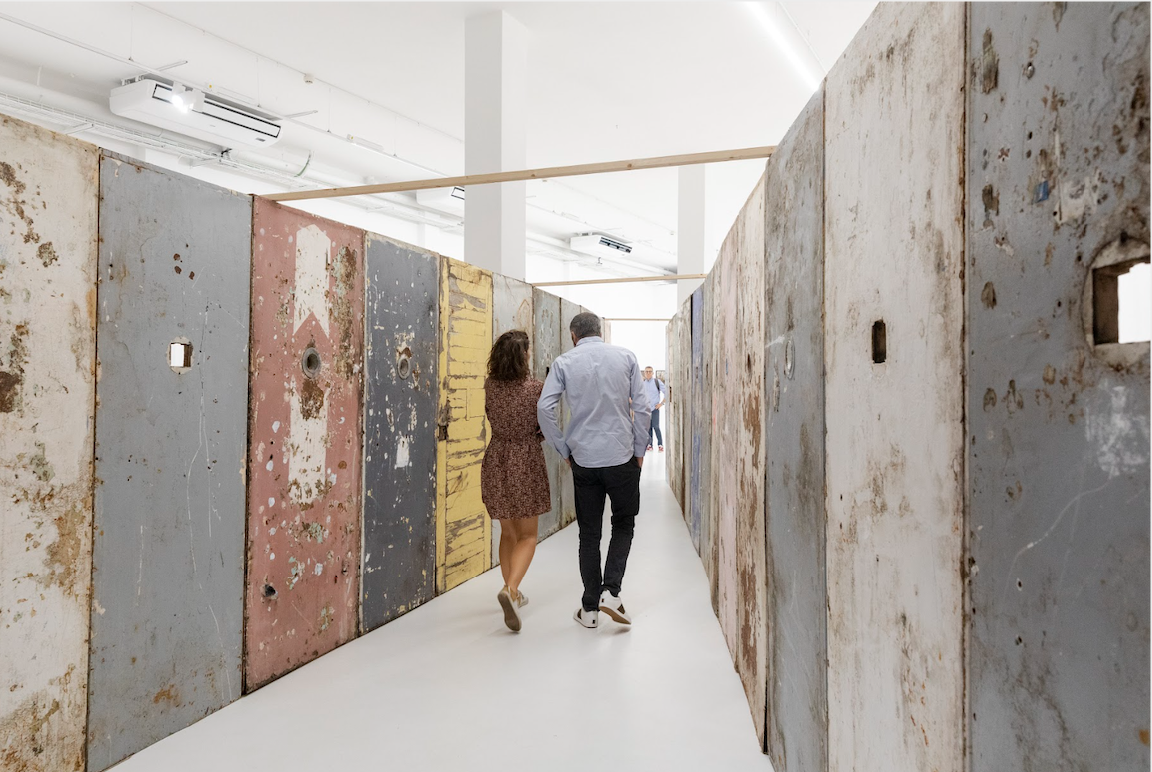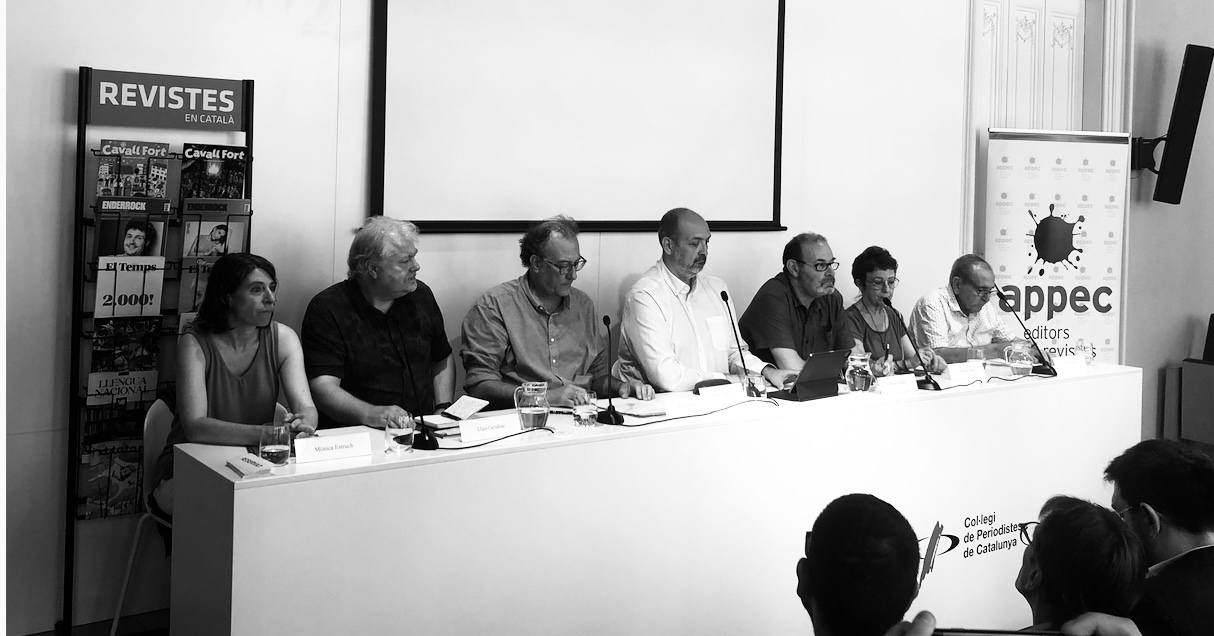reports
Grafton Architects. La Terra as a client

"Earth as client" is the expression coined by Yvonne Farrell and Shelley McNamara of Grafton Architects, a claim to public space.
Aristotle said that the key to happiness is learning and mastering a single trade, which he called techne (technique), and that this was more rewarding and pleasurable than the simultaneous dedication to several activities. This obsession with specialization is a common trait in those interviewed by the journalist Llàtzer Moix in his recent book Paraula de Pritzker. Conversations with 23 winners of the main architecture prize (Editorial Anagrama). The Pritzker Prize was created in 1979 by Jay Pritzker, one of the owners of the Hyatt hotel chain, with the aim of awarding an outstanding architect each year, alleviating the absence of architecture among the disciplines awarded with the Nobel Prize . Over the course of forty years, the prize list has been changing trends, with three well-defined stages, as Moix explains in the foreword. The initial one, in which classic architects were rewarded, such as Philip Johnson or Luis Barragán. The second, the most media: Norman Foster, Frank Gehry, Zaha Hadid, Jean Nouvel, Herzog & de Meuron, etc. And finally, in recent years, those architects with a social commitment and a concern for ecology, the environment, climate change and energy consumption, such as Alexandre Aravena, Glenn Murcutt or the Girona (d'Olot) RCR (Rafael Aranda, Carme Pigem and Ramon Vilalta).
Of course, all of them, without exception, are already established professionals. Greek mythology details that Titó, lover of Eos, obtained immortality from Zeus, but forgot to ask him for eternal youth as well. Perhaps this is why the Pritzker jury always rewards experienced architects whose works have endured, or even improved, over time. This passage of time explains, for example, that buildings that were once furiously criticized, both by critics and the public, such as the Center Pompidou, the Torre Agbar or the Hotel Vela, have become significant emblems of Paris and Barcelona, respectively. Throughout more than five hundred pages, which are short, we immerse ourselves in the magnificent interviews of Llàtzer Moix. On one occasion, when conveying my admiration for his articles in La Vanguardia to the editor and owner of Grup Godó, he described Moix to me in three words: "He is a wise man."
The Pritzkers and the social
The last Pritzkers have not only awarded non-urban architecture but also social commitment. Thus, architecturally combating inequality is the main concern of Shigeru Ban and Alejandro Aravena, the youngest Pritzker in history, since they were awarded at only 48 years old, but also of Grafton Architects, Balkrishna Dosi or Diébédo Kéré. The Chilean architect Alejandro Aravena reasons: “The number one problem is insecurity. It's a delayed burst bomb that stays on. The disadvantaged ask themselves daily: why they yes and we not? And in the city this is brutally reflected. You wake up in a neighborhood without resources and go downtown, which can be full of opportunities. But then at night you return to your neighborhood, full of inequalities.” This concern leads him to build social housing, with middle-class DNA, with a budget of only $10,000; and has already built and delivered several thousand. Kéré tends to do the same, although more focused on building schools on extremely scarce African land at the lowest cost.
Claim public space
The Earth as a client is the fortunate expression coined by Yvonne Farrell and Shelley McNamara (Grafton Architects) which is quite a statement of intent. Pritzker Prize 2020, rose to fame for their formidable Università Commerciale Luigi Bocconi in Milan, where their main concern for public space was already manifested, through an enormous ground floor nine meters high, open to the pedestrians, which also acts as a covered public square. In this line, they claim what they call freespace - free space, that is, public space that attends to "the unformulated desires of strangers". And that it must be "a shared space, this type of nobody's space that, in fact, has the potential to belong to everyone. In these public spaces, people socialize, move, pass and stroll, wait for a friend or lean against a wall for a while." For this reason, "the intermediate space between buildings can be turned into a new enclosure or, conversely, into a wasted void".
The African experience
"Architecture is good when it improves the place where it is built", reason Anne Lacaton and Jean-Philippe Vassal, Pritzker 2021. Great specialists in rehabilitating buildings, because "reusing what already exists is usually better than tearing it down" . And they are also specialists in building for people with few resources. Without a doubt, this is the result of his five years of professional activity in Niger, just after completing his degree. "All people, regardless of their financial resources, have the right to decent housing. In Africa we learned that what is thrown away in Europe is always used there. An empty sardine can never goes to waste there: it is flattened, bent, folded and turned into a piece of jewelry or a toy.”
Future commitments
In the epilogue of the book, which will also be the epilogue of this article, Llàtzer Moix points out that in the future less flashy buildings will prevail and more projects committed to the environment and people's needs. I would dare to add that, fortunately, RCR, Keré or Aravena will be valued more than Santiago Calatrava. It is another intelligent reflection from the author of a book which, far from being recommended only for scholars such as architects or students of architecture, is also recommended for its clear, didactic and entertaining style for any dilettante, like the one who writes them, a surgeon who has always been passionate about the mix of engineering and humanism in architecture. In other words, as Paolo Mendes da Rocha expresses it, "the total fusion of science, art and technology". The only criticism of the book is that when one finishes the five hundred pages, one is left hungry for five hundred more... We will let Murcutt close this review and finally allow the reader to rest: “Fame in itself is no more than an epitaph." However, good buildings, I would add, will always be imperishable.








